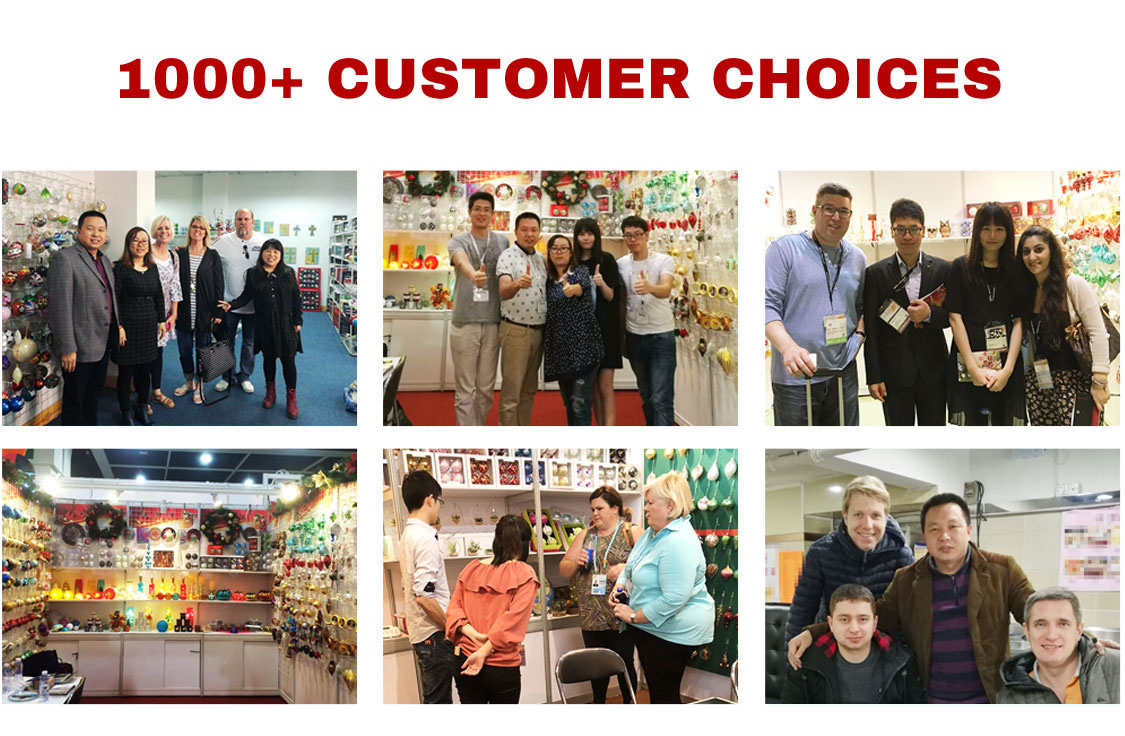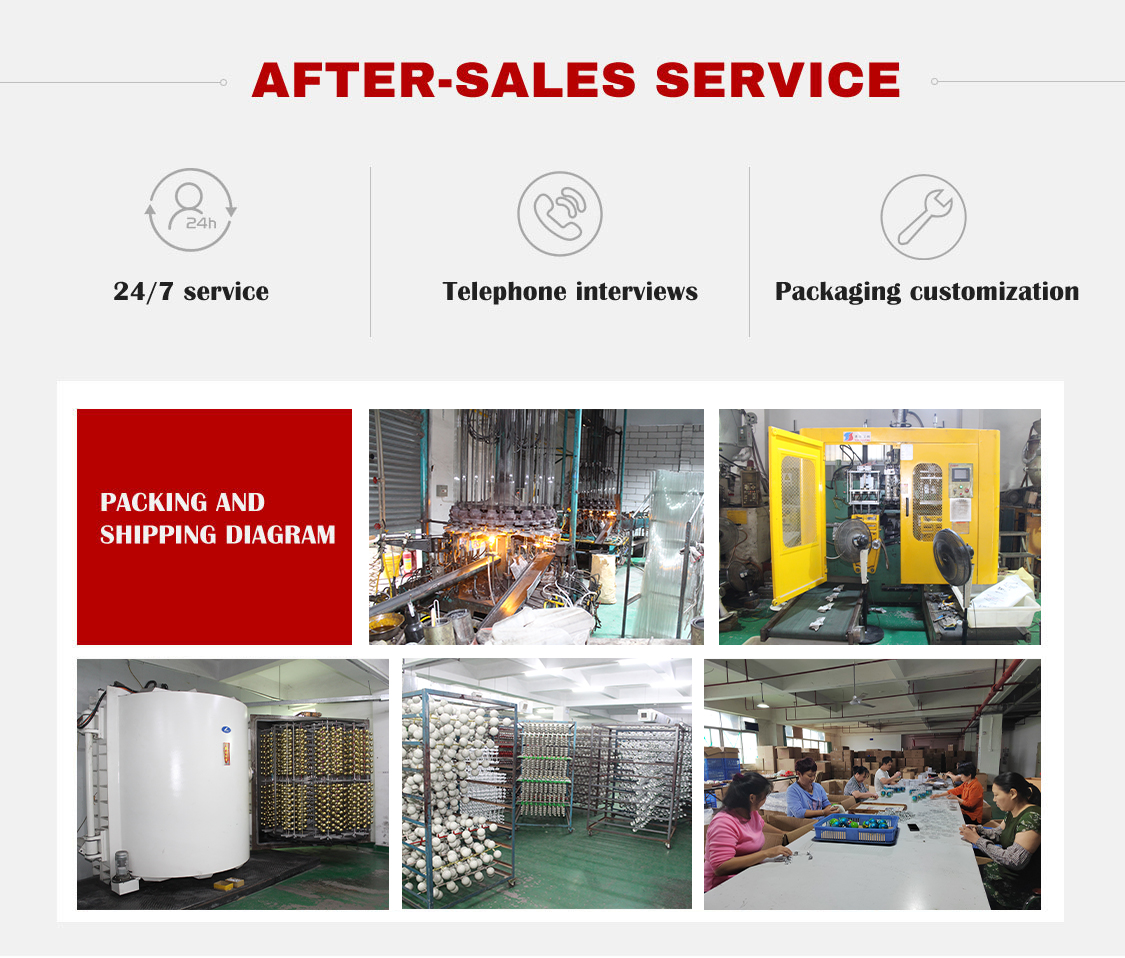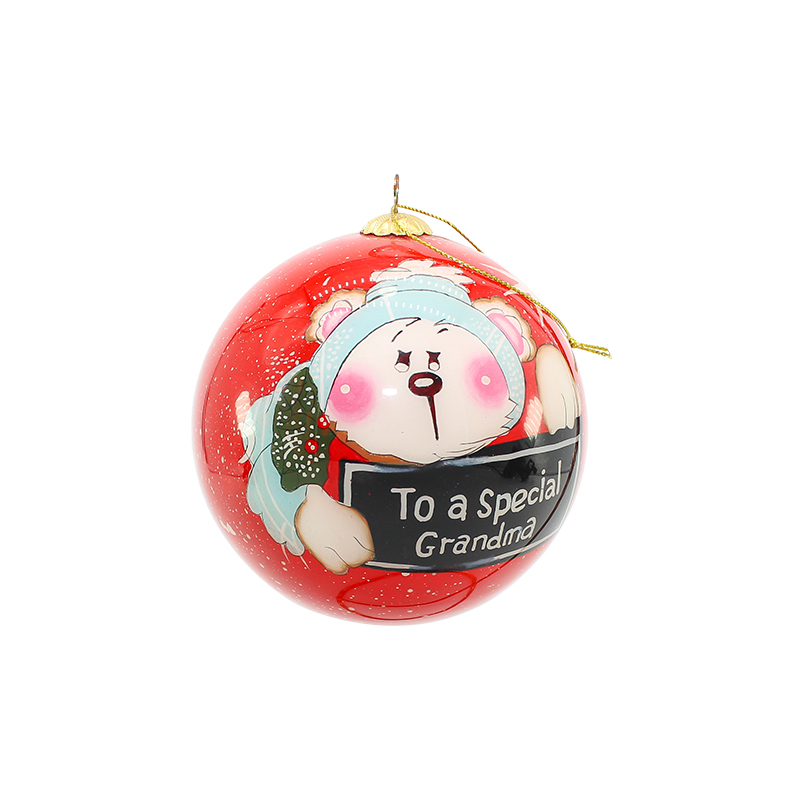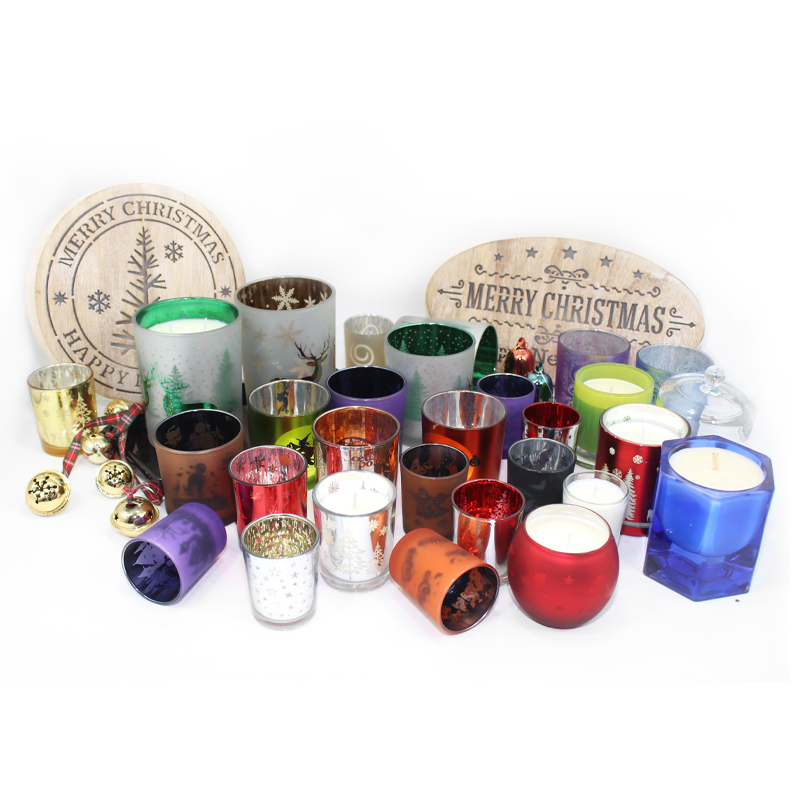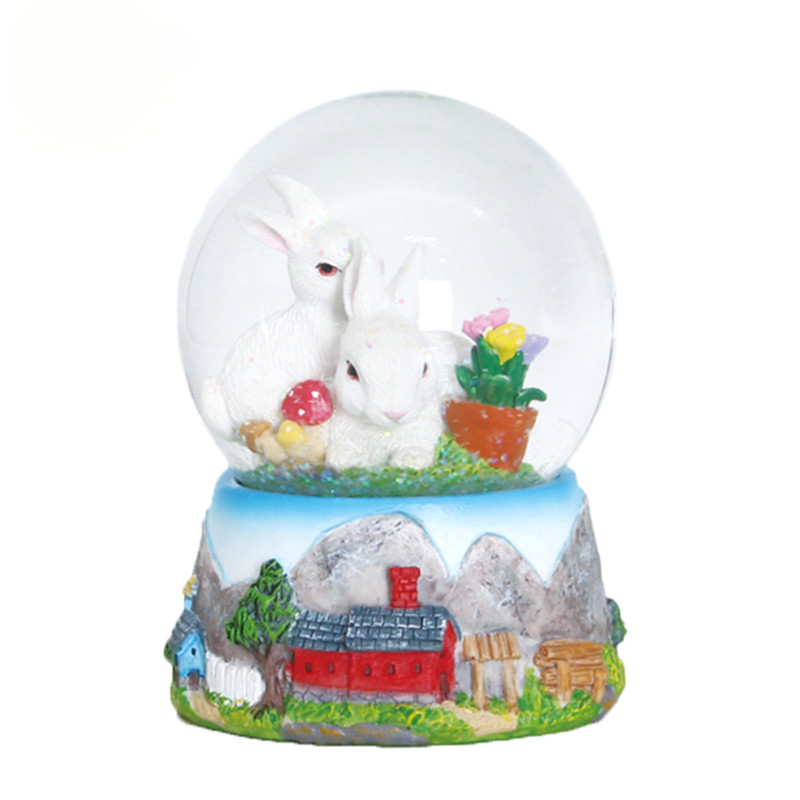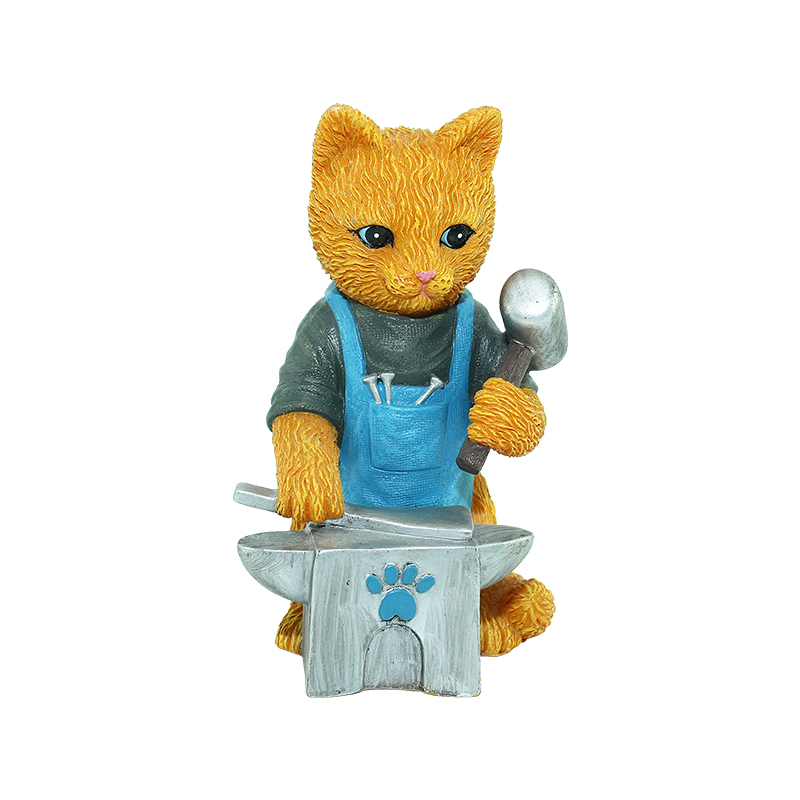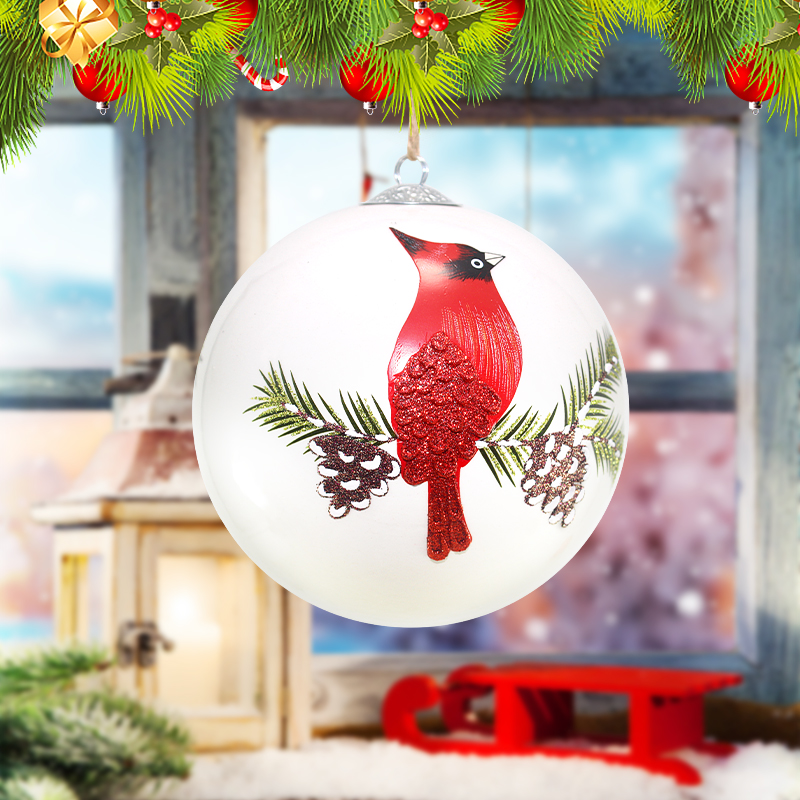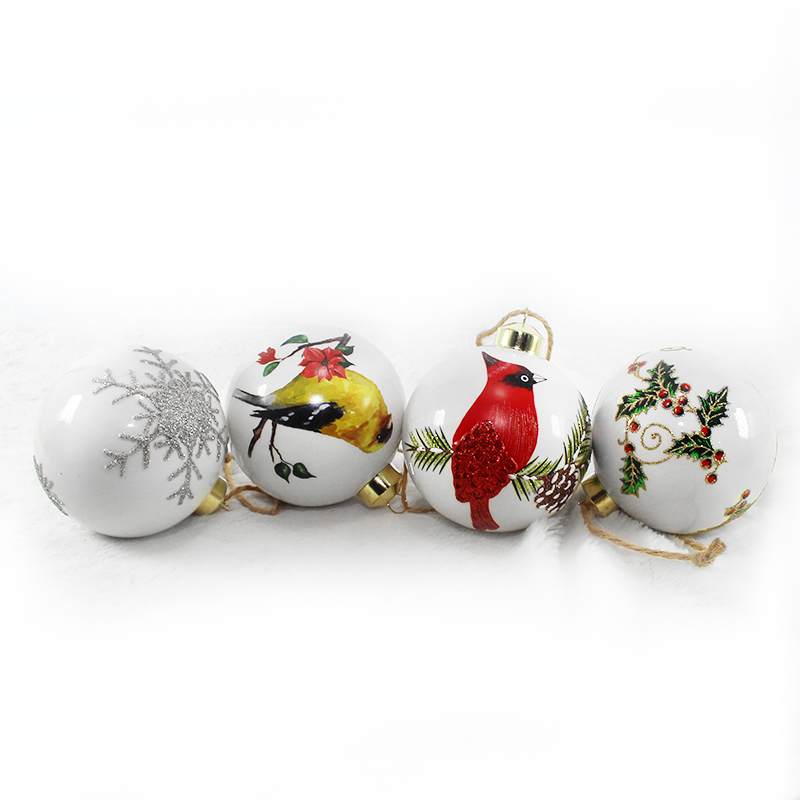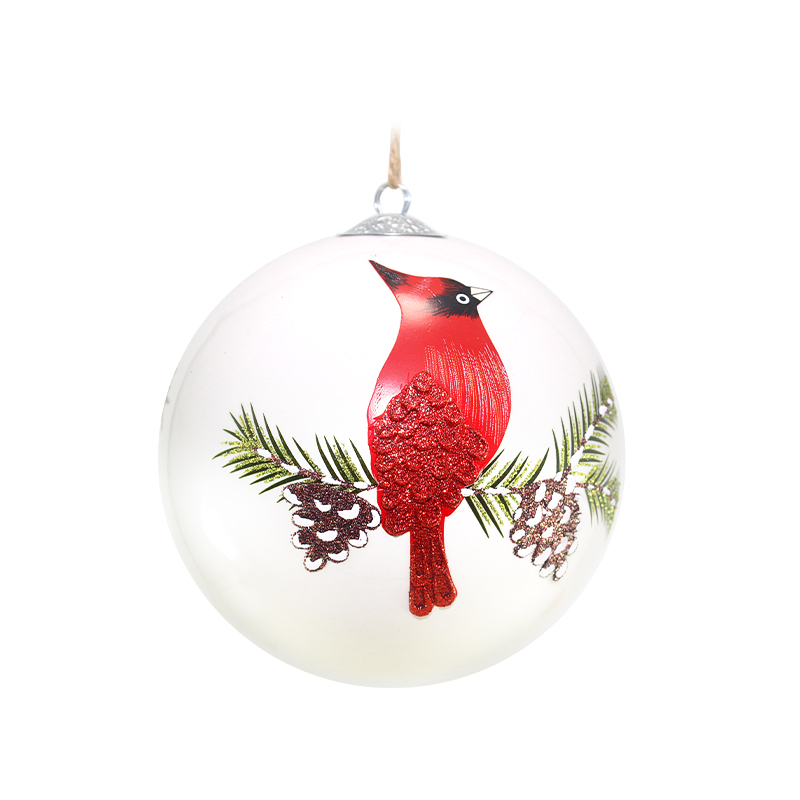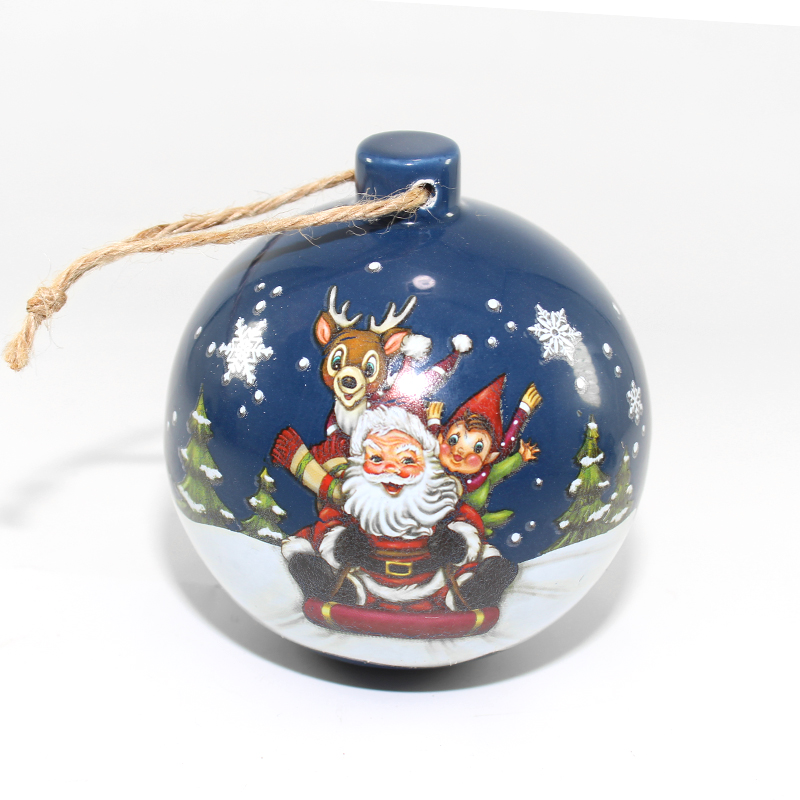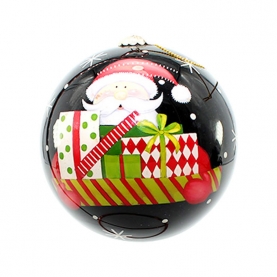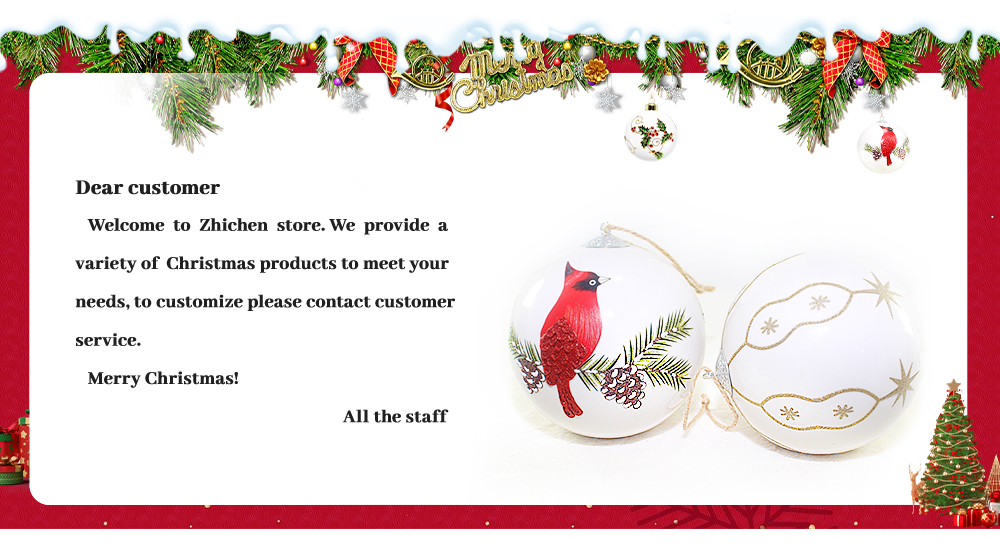


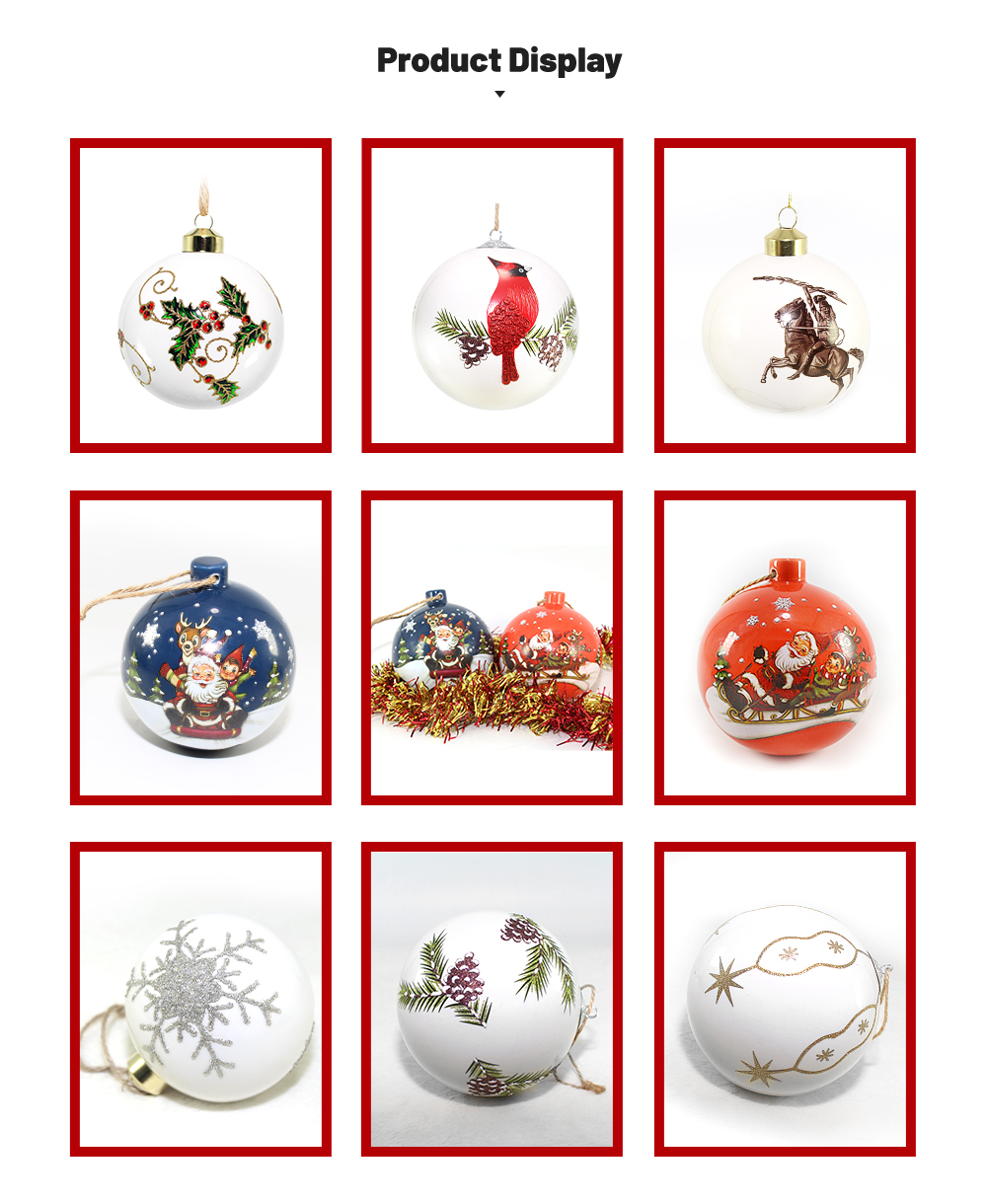
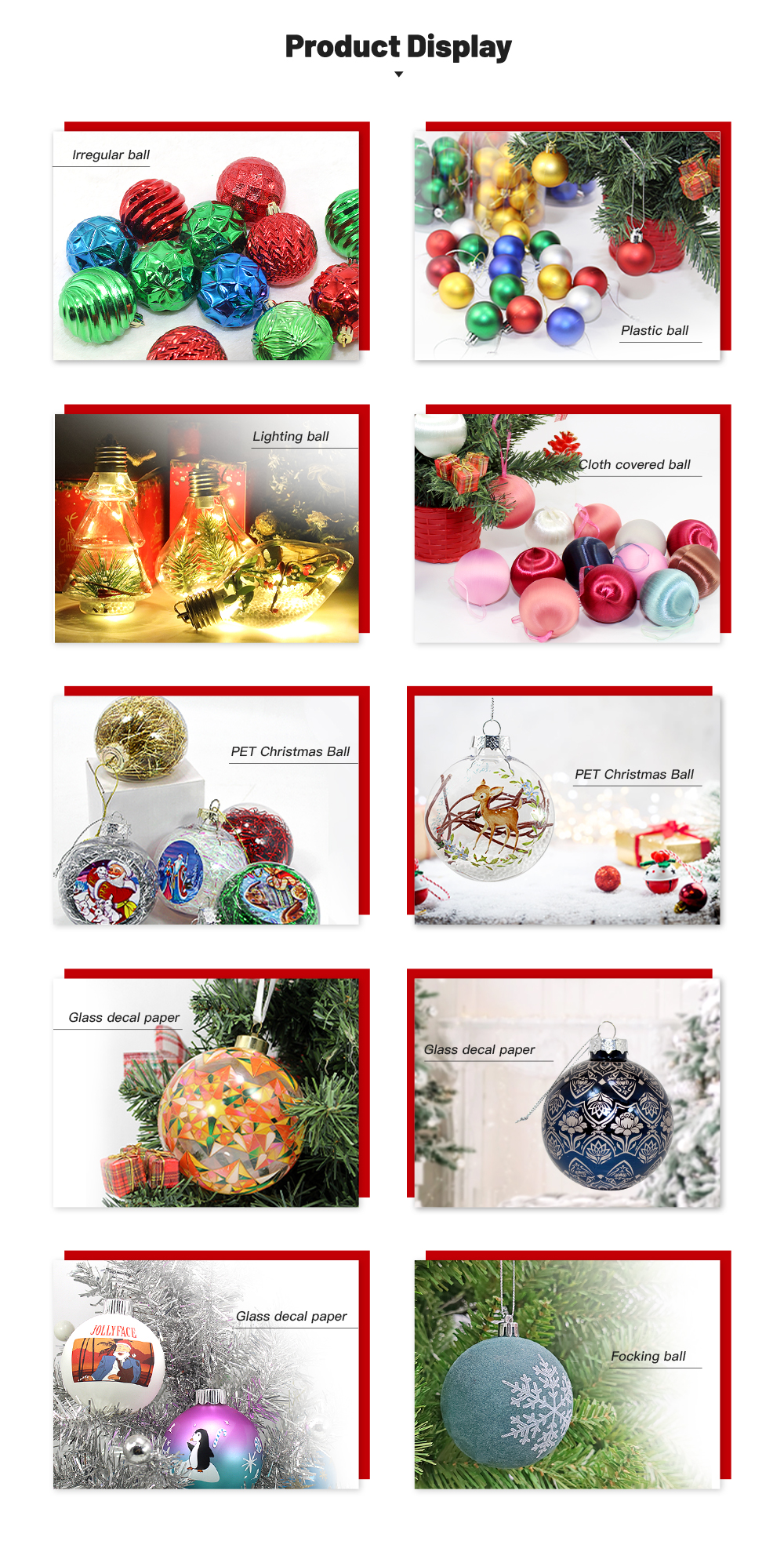
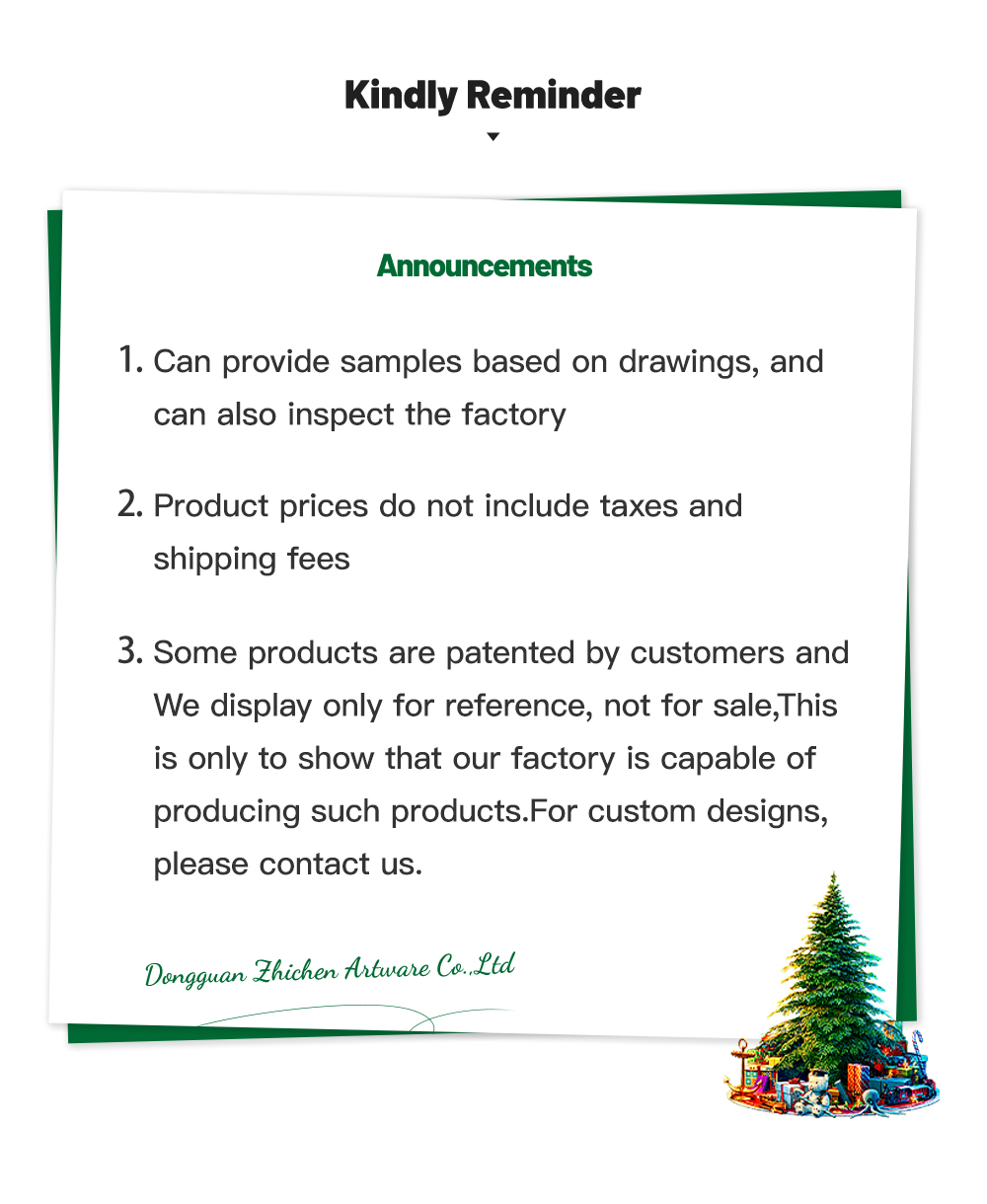


Why choose us

-

-
Strength factory
Source manufacturers, no middlemen, direct purchase of high-quality products
-
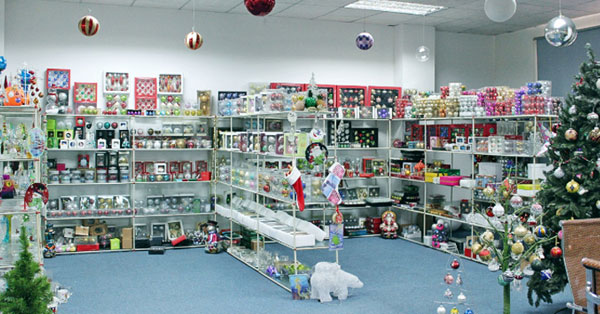
-
Complete variety
Thousands of product styles, diversified and customizable.
-

-
R & D team
More than 10 years of technical experience in personnel, to meet customer customization needs
-

-
Best-selling overseas
Best-selling in 100+ countries and regions around the world, export quality
ABOUT CGA

-

-
Dongguan Zhichen Artware Co., Ltd.
Dongguan Zhichen Artware Co., Ltd. was established in 2006 with the registered trademark "CGA". It is a professional manufacturer specializing in the production of Christmas glass handicrafts and gift processing. Customize global branded gifts and help customers develop and design gifts. The main products are Christmas gifts, high-end composite handicrafts, glass candle cups, glass hourglasses, daily glassware and so on. After 14 years of rearrangement and discovery, it has accumulated a large amount of production technical knowledge and various production processes, and continuously improved its product series to satisfy customers with one-stop procurement and service.We have always been willing to communicate and cooperate with customers at home and abroad, in line with the principle of "mutual benefit, integrity management, and win-win development".

